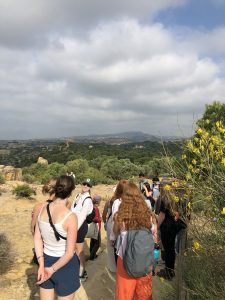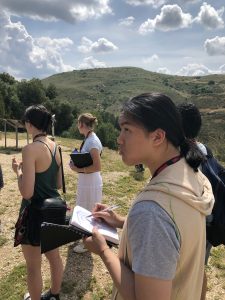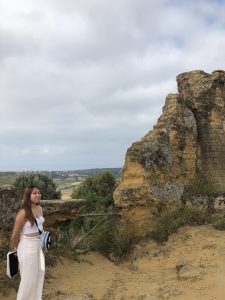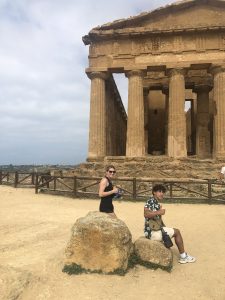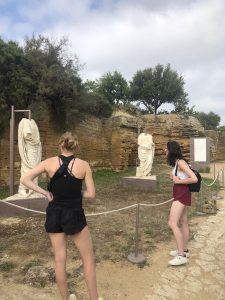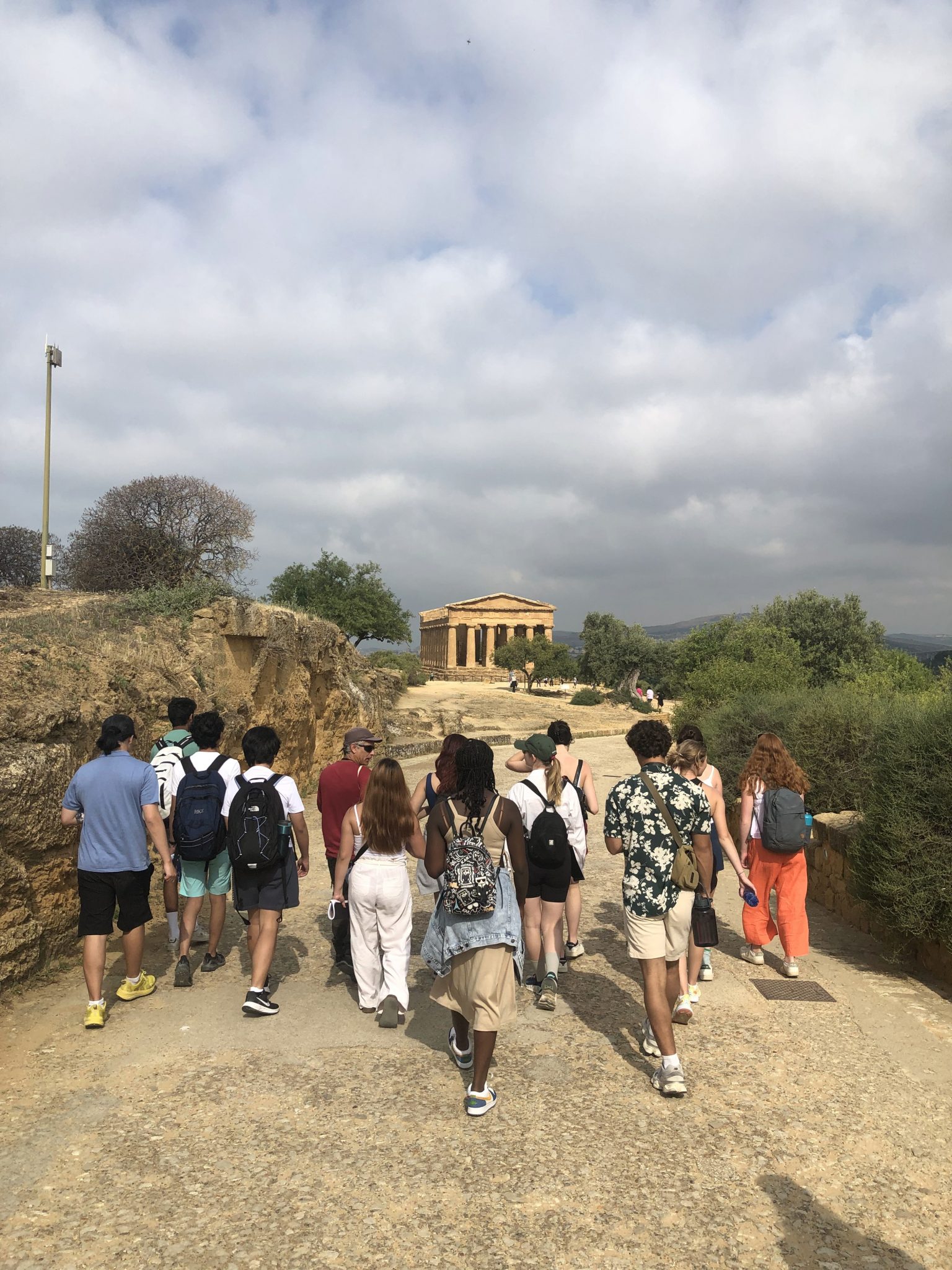Oscar ’24, shares a vivid description of the ancient city of Akragas.
I awoke in our triple room, stirred by a light breeze peeking through the open window, the sounds of a busy road mingling with the cacophony of thuds and footsteps emanating from my raga currently in the process of packing. The day was still young, and to build our energy store for the coming hours, our group partook in a light meal of delectable pastries and cappuccinos (at least for the coffee drinkers among us).
Our main stop was the Valley of Temples archaeological site in Agrigento, the location of the Greek city of Akragas. We first visited the Temple of Athena, crowding around the sacrificial altar where animals would be dedicated to the gods and eaten by the worshippers, as we marveled at the golden sandstone structure atop the city’s tallest hill. Soon we moved on to the Temple of Concordia, named not after a deity, but for an inscription found nearby, a common method of attributing temples—by the first name found on site. This temple is remarkable in its preservation and reconstruction, a sign of Akragas’ history: not only its archaic colonists, but also Punic invaders who felled its walls and took the city in a months-long siege, followed centuries later by early Christians and Byzantines. Though its builders had long since departed, the temple remained, and each new occupying group used the buildings in different ways. The early Christians repurposed the temple into a church, likely stripping it of pagan ornamentation, along with utilizing the space surrounding the temple’s main entrance and city walls as a cemetery, as told by our eloquent and witty tour guide; he also mentioned facts such as the high nutritional value of almonds and carats, the fruit of a local plant named the carob. As we moved on the the next site, we discovered that our previously expanded scope of history was still far too narrow for this place: a bronze statue of fallen Icarus, sculpted this very decade, lay next to an ancient tree, while close by was a seashell fossil formed untold eons ago before the islands of the Mediterranean had risen from its oceans.
The next two temples were far less preserved—the tale of Heracles’ temple was melancholy: a place of connection for the Dorian people whose heritage traced back to Heracles’ mortal side, doomed by a botched cement reconstruction that will one day explode. It’s scary how easily history can be destroyed, but we are lucky to have today’s opportunities before it’s gone. The Temple of Zeus was difficult to make out, without a single remaining column, but seeing a fallen Telamon, a giant that would have held up its ceiling, one could imagine standing in its majesty 2600 years ago. Next was an ancient garden, where we passed by a group of visitors being interviewed by a local news network; apparently it was national garden day. On our way out, we indulged a little with jams and drinks squeezed from the garden’s plants, ranging from pomegranate to bitter orange to cactus fruit. I wondered if the ancients tasted the same sweet flavors.
By noon our travels already left us in exhaustion, and we were ready for the long bus ride to Syracusa, hopefully a chance to catch up on rest. A quick panini grab later, we piled onto the vehicle, and here my narration will fail, as I was quick to drift to sleep. The rest of the day was spent relaxing at our new destination and eating quite a bit of food. I end this post with my raga in our triple room; the day is done and to rebuild our energy stores for the next exciting day, we will sleep long and dream peacefully.
